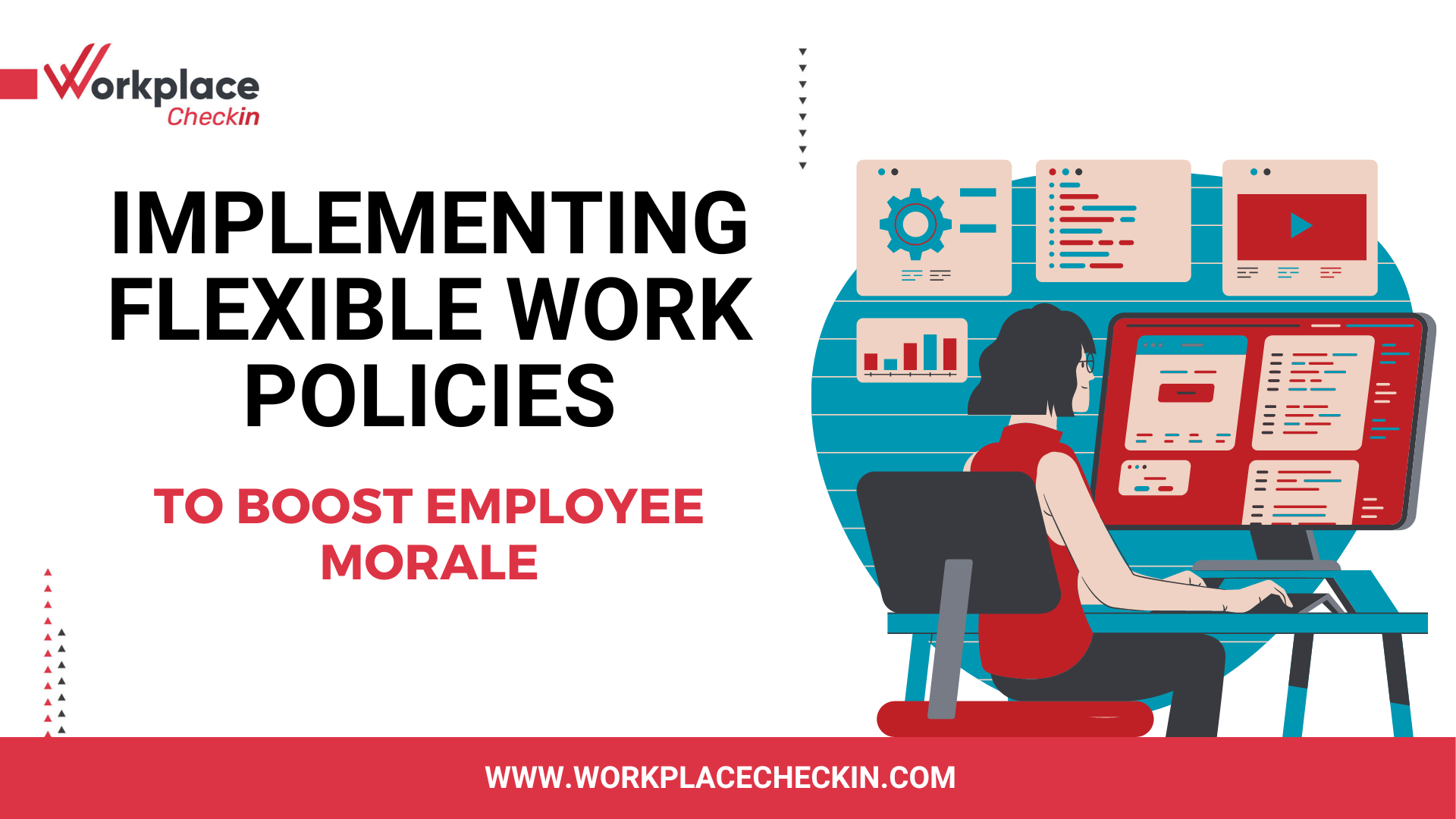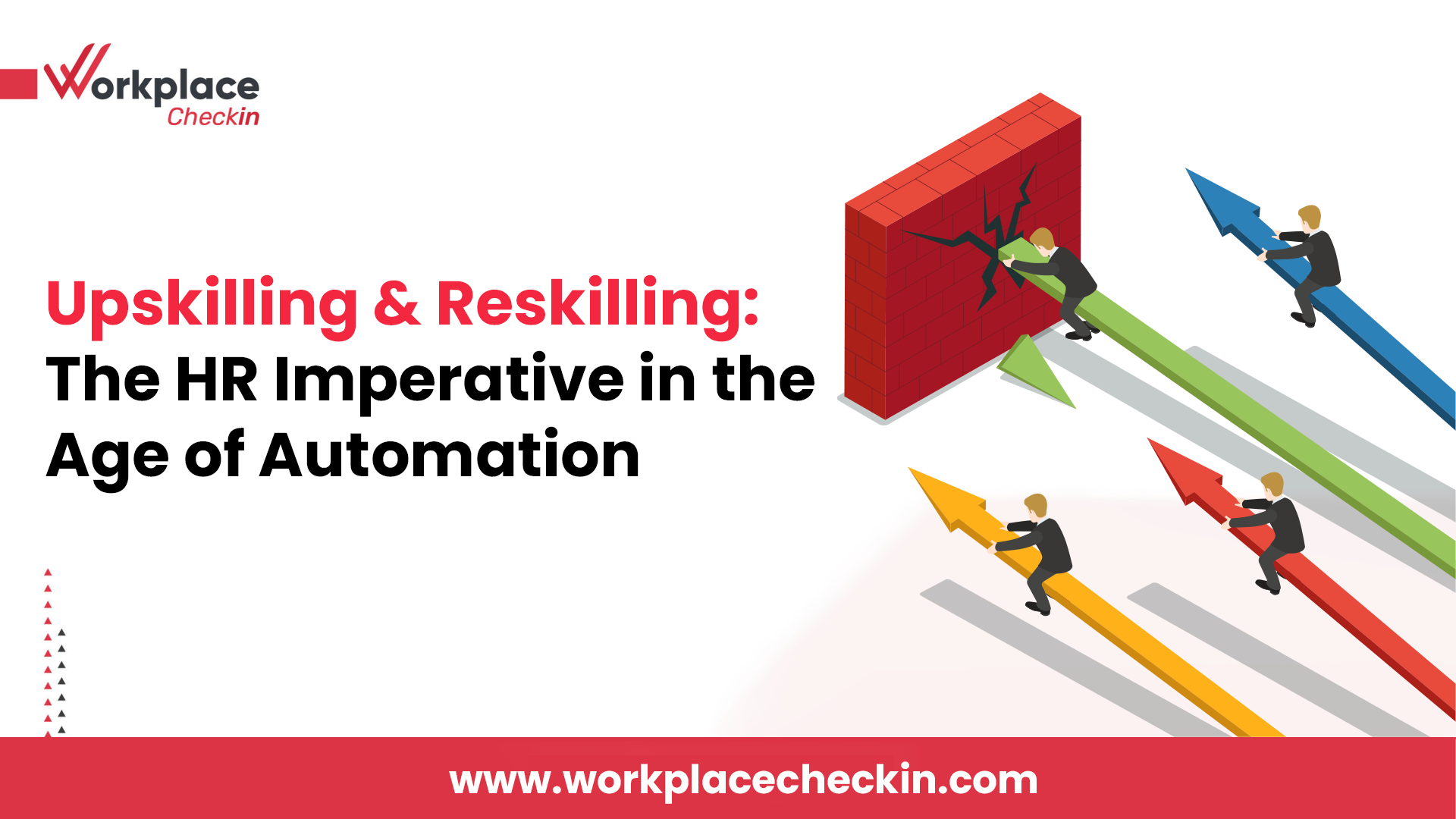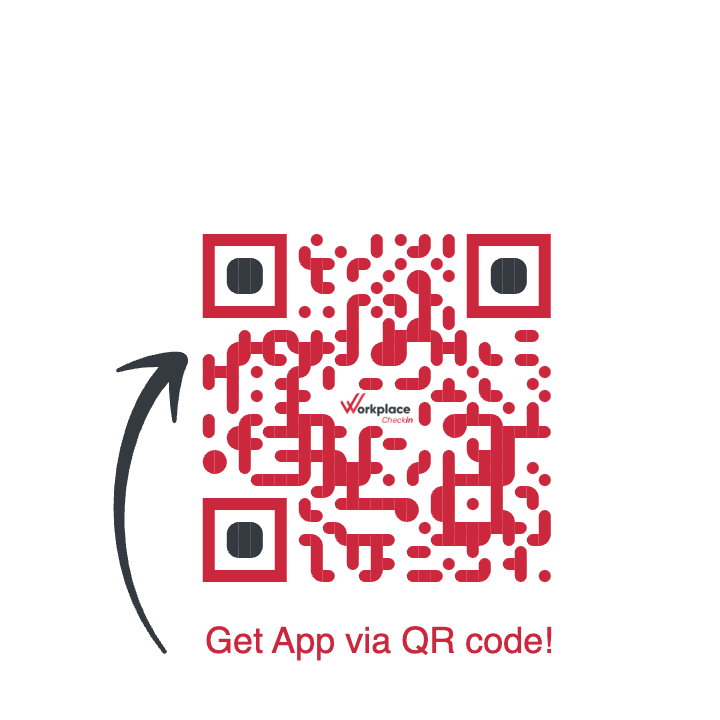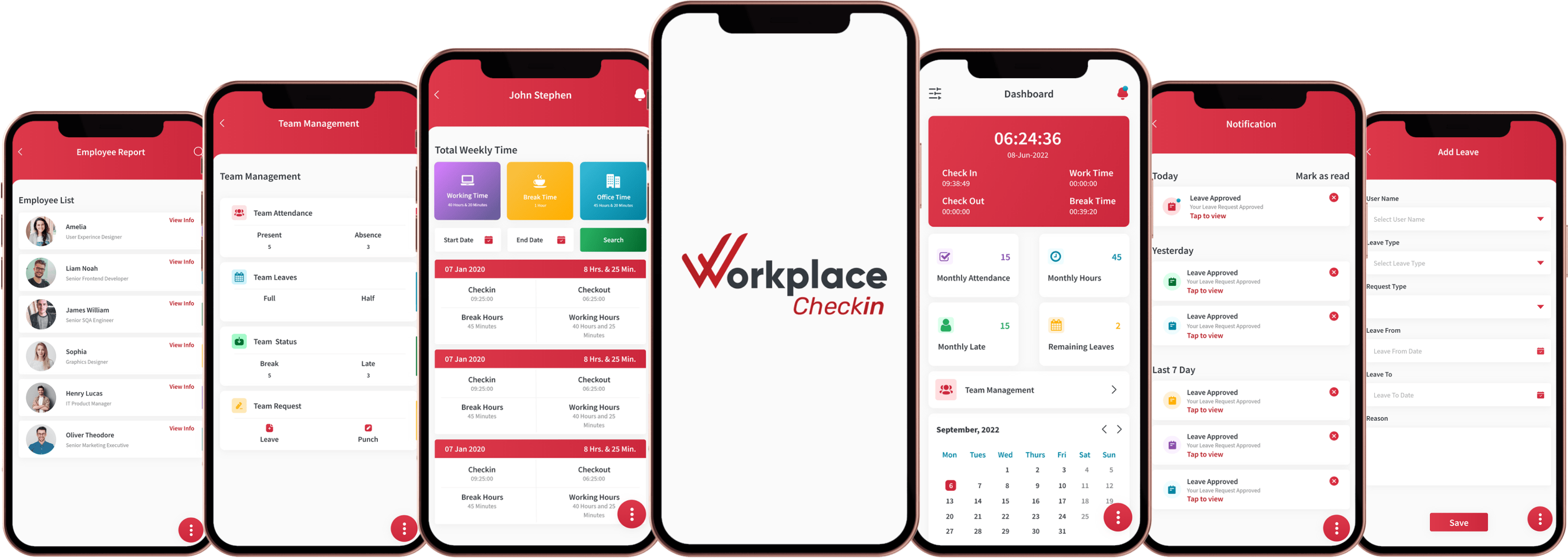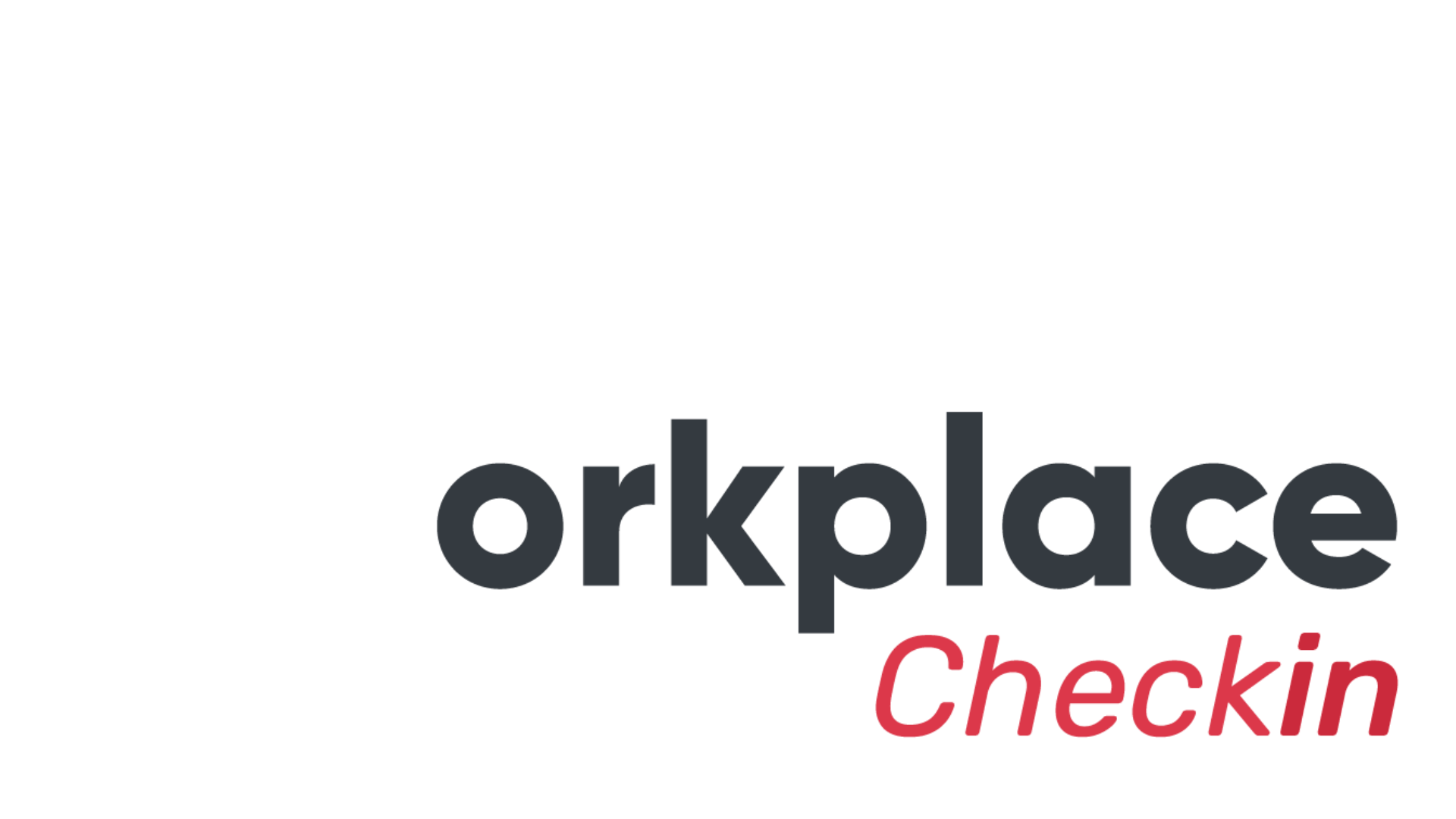

Crafting Effective Company Policies and Code of Conduct: A Comprehensive Guide
In any organization, clear and well-defined company policies and a robust Code of Conduct are essential pillars for fostering a healthy work environment, ensuring compliance with laws and regulations, and promoting ethical behavior among employees. However, creating these policies requires careful consideration and alignment with the specific needs, values, and objectives of the organization. In this guide, we'll explore the step-by-step process of crafting company policies and a Code of Conduct tailored to your organization's unique requirements.

Assess Organizational Values and Culture:
Assessing organizational values and culture involves understanding the core beliefs, principles, and behaviors that shape the workplace environment. This process often includes:
Engaging stakeholders:
Gathering insights from employees, managers, and other stakeholders through surveys, interviews, or focus groups to identify shared values, norms, and cultural attributes.
Reviewing mission and vision:
Analyzing the organization's mission and vision statements to understand its overarching purpose, goals, and desired culture.
Observing behaviors:
Observing how employees interact, communicate, and make decisions to identify prevalent behaviors and cultural dynamics within the organization.
Evaluating history and traditions:
Exploring the organization's history, traditions, and past events to understand how they have influenced its culture over time.
Identify Legal and Regulatory Requirements:
Identifying legal and regulatory requirements involves ensuring that company policies and practices comply with relevant laws, regulations, and industry standards. This process typically includes:
Conducting research:
Researching applicable laws, regulations, and industry standards related to areas such as employment, health and safety, data protection, and ethics.
Consulting experts:
Seeking guidance from legal counsel, compliance experts, or industry associations to interpret complex regulations and ensure compliance with legal requirements.
Analyzing obligations:
Analyzing specific compliance obligations imposed by laws and regulations to identify key requirements related to employee rights, workplace safety, data privacy, and ethical conduct.
Staying updated:
Monitoring changes to laws, regulations, and industry standards to ensure that policies remain current and compliant with evolving legal requirements.

Define Policy Categories:
Defining policy categories and drafting policies are essential steps in establishing a comprehensive framework for governing behavior and operations within an organization. Here's a brief explanation of these two critical components:
Define Policy Categories:
Policy categories help organize the various rules, guidelines, and procedures that govern different aspects of the organization's operations. Common policy categories include:
Human Resources:
Policies related to recruitment, hiring, onboarding, performance management, training and development, diversity and inclusion, and employee relations.
Workplace Conduct:
Policies addressing acceptable behavior in the workplace, including harassment prevention, discrimination and equal opportunity, conflict of interest, confidentiality, and social media usage.
Information Security:
Policies governing the protection, handling, and use of sensitive information, including data protection, cybersecurity, acceptable technology use, and intellectual property rights.
Health and Safety:
Policies ensuring the health, safety, and well-being of employees, visitors, and contractors, covering areas such as emergency procedures, workplace ergonomics, accident reporting, and occupational health.
Ethics and Compliance:
Policies promoting ethical conduct, integrity, and compliance with laws, regulations, and company standards, such as anti-bribery and corruption, conflicts of interest, gifts and entertainment, and whistleblowing.

Draft Policies:
Drafting policies often requires input from subject matter experts, legal counsel, and relevant stakeholders to ensure accuracy, completeness, and alignment with organizational values and objectives. Policies should be written in plain language, avoiding jargon or ambiguity, to ensure understanding and accessibility for all employees. Regular reviews and updates are essential to keep policies current, responsive to changing circumstances, and aligned with evolving legal and regulatory requirements.
Drafting policies involves creating clear, concise, and actionable documents that outline the organization's expectations, procedures, and consequences related to specific areas of operation or behavior. Key elements to include in policy documents are:
Purpose:
Clearly state the objective and rationale behind the policy to provide context and explain why it's important.
Scope:
Define the scope of the policy by specifying who it applies to (e.g., all employees, contractors, volunteers) and under what circumstances.
Responsibilities:
Clarify the roles and responsibilities of employees, managers, and other stakeholders in complying with the policy and enforcing its provisions.
Procedures:
Outline the steps to be followed for compliance, including any required documentation, reporting channels, and escalation procedures.
Consequences:
Clearly communicate the consequences of non-compliance or violation of the policy, including disciplinary actions, sanctions, or legal repercussions.
Solicit Feedback:
Soliciting feedback, finalizing, and implementing policies are crucial steps in ensuring that company policies are effective, practical, and embraced by employees. Here's a brief explanation of these essential stages:
Soliciting feedback involves engaging relevant stakeholders, such as employees, managers, HR professionals, and legal advisors, to gather input on draft policies. This feedback helps identify potential gaps, inconsistencies, or areas for improvement in the policies. Methods for soliciting feedback may include:
Hosting feedback sessions:
Conduct workshops, focus groups, or town hall meetings where stakeholders can review and discuss the draft policies, ask questions, and provide feedback.
Distributing surveys:
Create surveys or questionnaires to gather anonymous feedback from a broader audience. Use structured questions to solicit specific input on policy content, clarity, and relevance.
Seeking individual input:
Encourage stakeholders to provide individual feedback via email, online forms, or one-on-one meetings with HR representatives or policy owners.

Finalize and Implement:
Finalizing and implementing policies involve incorporating feedback, making necessary revisions, obtaining approval, and rolling out the finalized policies to employees. Key steps in this process include:
Incorporating feedback:
Review feedback received from stakeholders and incorporate relevant suggestions or revisions into the final versions of the policies. Address any concerns or questions raised during the feedback process.
Obtaining approval:
Seek approval from senior management, the board of directors, or any other relevant governance body before finalizing the policies. Ensure that key stakeholders are aligned with the content and objectives of the policies.
Communication and training:
Communicate the finalized policies to all employees through various channels, such as company-wide meetings, email communications, intranet portals, or employee handbooks. Provide training sessions or workshops to ensure that employees understand the policies, their implications, and how to comply with them.
Implementation and enforcement:
Roll out the policies effectively by establishing clear procedures for compliance, monitoring, and enforcement. Ensure that managers and supervisors are trained to enforce policies consistently and fairly. Establish mechanisms for reporting policy violations and addressing concerns or grievances.
By soliciting feedback from stakeholders and actively involving them in the finalization and implementation process, organizations can increase buy-in, enhance policy effectiveness, and foster a culture of transparency and accountability. Regular reviews and updates are essential to ensure that policies remain relevant, responsive to changing needs, and aligned with organizational goals and values.
Regular Review and Updates:
Regular review and updates involve periodically assessing the effectiveness, relevance, and compliance of existing policies to ensure they remain aligned with the organization's goals, evolving needs, and regulatory requirements. This process typically includes:
Scheduled reviews:
Establish a regular schedule for reviewing policies, such as annually or biennially, to assess their effectiveness and identify any necessary updates.
Stakeholder input:
Solicit feedback from employees, managers, HR professionals, and legal advisors to gather insights on policy performance, emerging issues, and areas for improvement.
Legal compliance: Monitor changes in laws, regulations, and industry standards that may impact existing policies and ensure that policies are updated accordingly to maintain compliance.
Documentation:
Maintain records of policy reviews, updates, and any changes made to ensure transparency and accountability.

Enforcement and Accountability:
Enforcement and accountability mechanisms are essential for ensuring that policies are effectively implemented, adhered to, and enforced across the organization. Key components of enforcement and accountability include:
Clear expectations:
Communicate clear expectations regarding policy compliance, consequences for violations, and the role of managers and supervisors in enforcing policies.
Training and education:
Provide training and educational programs to ensure that employees understand policies, their obligations, and the consequences of non-compliance.
Reporting mechanisms:
Establish confidential reporting channels, such as hotlines or whistleblowing procedures, to encourage employees to report policy violations or concerns without fear of retaliation.
Consistent enforcement:
Enforce policies consistently and fairly across all levels of the organization, regardless of position or seniority, to maintain credibility and trust.
Disciplinary actions:
Implement appropriate disciplinary measures for policy violations, which may include warnings, probation, suspension, termination, or legal action as warranted by the severity of the offense.
Promote a Culture of Compliance and Integrity:
Promoting a culture of compliance and integrity involves fostering an environment where ethical behavior, accountability, and adherence to policies are valued and ingrained in the organization's DNA. Strategies for promoting such a culture include:
Leadership example:
Lead by example, with senior leaders demonstrating commitment to ethical behavior and compliance with policies.
Communication:
Communicate regularly about the importance of compliance, integrity, and adherence to policies through various channels, including meetings, emails, and internal communications.
Recognition and rewards:
Recognize and reward employees who demonstrate exemplary behavior, ethical decision-making, and adherence to policies, reinforcing desired values and behaviors.
Continuous improvement:
Encourage ongoing dialogue and feedback on compliance issues, policies, and ethical dilemmas to foster a culture of continuous improvement and learning.
Transparency and accountability:
Maintain transparency in decision-making processes, address compliance concerns promptly, and hold individuals accountable for their actions to build trust and confidence in the organization's integrity.
By prioritizing regular review and updates, implementing robust enforcement mechanisms, and promoting a culture of compliance and integrity, organizations can strengthen their governance frameworks, mitigate risks, and uphold their reputation as responsible corporate citizens.
Conclusion
In conclusion, crafting effective company policies and a Code of Conduct requires a thorough understanding of organizational values, legal requirements, and stakeholder input. By following a structured process and engaging employees throughout the development and implementation phases, organizations can create policies that promote ethical behavior, ensure compliance, and contribute to a positive work environment. Remember, the true measure of success lies not only in the creation of policies but in their consistent application and integration into the fabric of the organization's culture.

